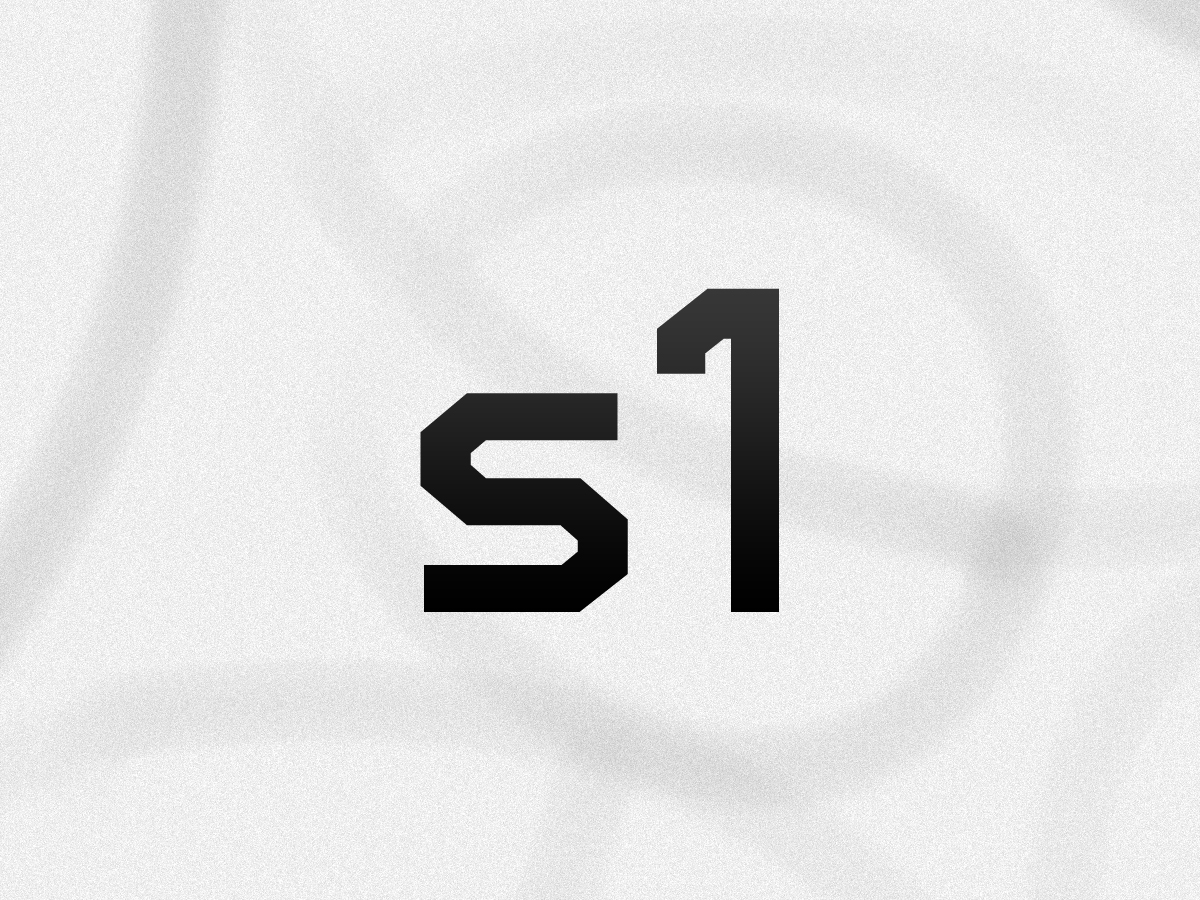Introduction
With AI evolving at lightning speed, new models and hardware accelerators are entering the scene frequently. One of the most talked-about innovations is the S1 AI model by Groq—or more precisely, the Groq S1 chip, which powers ultra-fast inference for large language models (LLMs). But with many other models and accelerators on the market—like OpenAI’s GPT-4, Anthropic’s Claude, NVIDIA GPUs, and TPUs—a growing number of developers and businesses are asking: How does the S1 AI model compare?
In this article, we’ll unpack the architecture and performance of the Groq S1 system, examine how it stacks up against traditional AI solutions, and explore its potential use cases in 2025 and beyond. Whether you’re a developer, AI researcher, or enterprise leader looking to adopt cutting-edge tech, this deep dive into the S1 model will help you understand where it shines—and where it might still fall short.
What Is the S1 AI Model (Groq)?
The S1 AI model refers to the combination of Groq’s S1 processor and their LPU (Language Processing Unit) architecture that enables extremely fast inference speeds for large language models. Unlike traditional AI chips like GPUs or TPUs, Groq’s hardware is designed specifically for low-latency, high-throughput AI applications—especially for LLMs and transformer-based models.
Key features include:
-
Single-core deterministic architecture
-
Sub-millisecond inference latency
-
Designed for token-per-token streaming (ideal for chatbots, agents, real-time LLMs)
Related Content: https://7balance.org/can-ai-chatbots-make-mistakes/
-
Optimized for open-source models like Llama 2, Mistral, and Gemma
S1 vs Traditional AI Models: A Comparison
Let’s compare Groq’s S1 system across several important criteria:
| Feature | Groq S1 | NVIDIA A100 GPU | GPT-4 (API) | Google TPU | Anthropic Claude |
|---|---|---|---|---|---|
| Latency | ~50–150 µs/token | 1–5 ms/token | ~500 ms/request | ~1–3 ms/token | ~300–700 ms/request |
| Architecture | Custom LPU | GPU | Cloud LLM | TPU | Cloud LLM |
| Inference Type | Local, real-time | Cloud/server | Cloud API | Cloud/server | Cloud API |
| Speed Claim | >500 tokens/sec | ~100–200 tokens/sec | ~60–100 tokens/sec | ~200 tokens/sec | ~50–100 tokens/sec |
| Open-Source Support | ✅ Yes | ✅ Yes | ❌ Proprietary | ✅ Limited | ❌ Proprietary |
| Use Cases | Edge LLM, agents, chatbots | General AI workloads | Text generation | ML training | Advanced reasoning |
Strengths of the S1 AI Model
⚡ Ultra-Low Latency
Groq S1 offers unmatched inference speed, ideal for scenarios where milliseconds matter—such as voice agents, trading bots, and real-time customer interactions.
🧠 Optimized for Language Models
The chip is tailor-made for transformer-based architectures, enabling models like Llama 2, Mixtral, and Mistral to run faster than ever.
📦 Self-Hosted and Scalable
Groq’s platform allows deployment on edge devices or dedicated servers, making it attractive for companies looking to own their AI stack rather than relying solely on third-party APIs.
💸 Cost-Effective at Scale
Thanks to its efficiency, S1 can be cheaper per token or per request when running high-throughput applications compared to using APIs like GPT-4 or Claude on a per-call basis.
Weaknesses and Limitations
❌ No Native Pre-Trained LLMs
Groq does not train its own models like OpenAI or Anthropic. Instead, it runs optimized versions of open-source models. This limits access to proprietary capabilities like GPT-4’s multimodal reasoning.
❌ Not Ideal for Training
The S1 chip is built for inference—not model training. For AI development workflows involving training from scratch, GPUs and TPUs are still better suited.
❌ Developer Ecosystem Still Growing
While interest in Groq is surging, its ecosystem of tools, integrations, and tutorials is still catching up to giants like NVIDIA or Hugging Face.
When Should You Choose Groq’s S1 AI Over Others?
Groq’s S1 model is a game-changer if your use case demands:
-
Ultra-fast token streaming (like real-time customer support or AI agents)
-
On-premise or edge deployments
-
Cost efficiency at massive scale
-
Running open-source models with minimal latency
However, if you need:
-
Proprietary reasoning power (like GPT-4 Turbo or Claude 3)
-
Multimodal capabilities (image + text + audio inputs)
-
Training or fine-tuning custom models
Then Groq may not be the right fit—yet.
Real-World Use Cases of the S1 AI Model
-
Voice-Based AI Assistants
Combine with ElevenLabs or Azure TTS for instant call responses in under 100 ms. -
Financial Market Bots
Ultra-fast inference means faster decisions—critical in trading systems. -
Developer Tooling
Embedding real-time LLM agents inside dev environments (code completion, error debugging) with no delay. -
Edge AI Devices
Ideal for running LLMs on hardware devices without cloud dependency.
Conclusion: How Does the S1 AI Model Compare?
The Groq S1 AI model doesn’t just compete—it outperforms in specific domains like ultra-low latency and open-source LLM hosting. While it’s not a one-size-fits-all solution like GPT-4 or Claude, it excels in real-time, scalable, and cost-sensitive applications. As AI continues to decentralize away from proprietary APIs, S1 is leading the charge in making high-performance inference more accessible.
If you’re looking to run LLMs faster, cheaper, and with greater control—the S1 AI platform might be your best bet.

